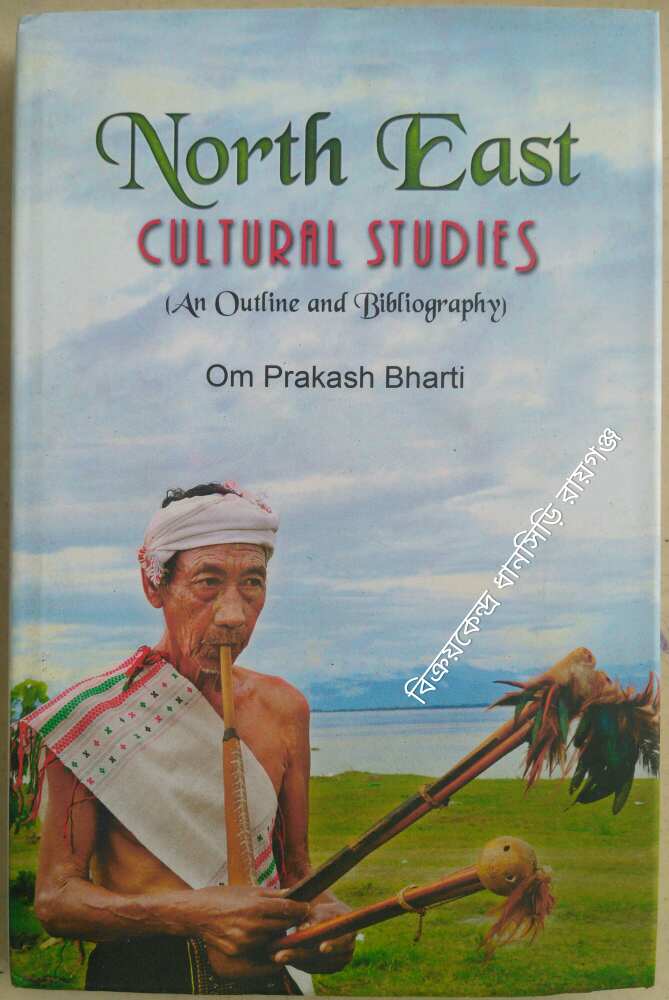Description
North East India conceived of as the land of Seven Sister States,comprises Arunachal Pradesh, Assam, Manipur, Meghalaya,Mizoram, Nagaland, Tripura and the beautiful little state Sikkim as a brother. The land collectively accounts for about 8% of India’s total geographical area and around 4% of its population. The region is endowed with rich ethnic, linguistic, cultural, religious and physiographic diversity. About 100 tribes belonging to different ethnic groups, varied religious paths like Buddhism, Vaishnavism, Christianity, Animism and multiple streams of culture impart heterogeneity to the North Eastern states. The bio-cultural diversity of North East are considered as the richest and it attracts the community of the world.
Since the dawn of history mankind has settled in the area that presently constitute the North Eastern states. Mythological literatures of India provide accounts of the places, rivers and mountains of North Eastern Region. The Mahabharata describes the legend of Arjuna and Chitrangada. While in exile Arjuna had reached ancient Manipura where he met Chitrangada, the daughter of the king of Manipura. Their marriage was solemnized in Manipur. Kamarupa was one of the historical kingdoms in the era of Mahajanapadas. Despite difficult nature and adverse social circumstances, the region gained and contributed a lot in the field of culture and national leadership for making India as a powerful nation.North East India is also considered as the treasure of arts and ethnic culture. Among the eight classical dances of India, the two dance forms that is Manipuri and Sattriya have originated and developed in North Eastern Region. The other classical dance forms are also been practiced by the artists of the region. The land has immense contribution in building up and maintaining national cultural integration.The Mizo theatre form deals with the ritualistic sacrifices that are made annually to the Gods. Ceremonial dances celebrating triumphs in the hunt or against enemies, which enabled the heroes in their afterlife to go in Pialral (the Mizo paradise) ruled by the orient distributor Pawla is also a major part of the theatre tradition. The ancient Mizo theatre consisted of humorous dialogues, such as between an interpreter and an Englishman, a non-Christian and Christian, an old Englishman and old Muslim man. Borsap lem, leh thu chhia nei tu tu leh Rasi lem chang be (‘Superintendent’s Court Scene between Magistrate and Interpreter”) is believed to be the first proper Mizo theatre. Ch. Pasena, an educationist had immense contribution in the theatre world of Mizoram. His important works are Heroda chawimawina (‘King Herod’s Glory’, 1925), Fapa tlanbo (The Prodigal Son, 1927), Khualbuka mi a (‘Fool at the Inn’, 1933), Tinreng daih khawl (‘Machine with a Brain’, 1928), Rasna khawmpui (‘Animals Conference’, 1929), Rorelna (‘Court, 1933). He also assisted to produce The Merchant of Venice’ as Sailoka in 1929 and is also the first Mizo Shakespearean drama. Chawngzika, Lalkila, Samuel Davies, Lalhmuaka, the first woman playwright Khawlkungi,Lalthangfala Sailo, Laltluangliana Khiangte and Liansailova are the major contributors of Mizo theatre.




Be the first to review “North East Cultural Studies (An Outline and Bibliography) -Om Prakash Bharti”
You must be logged in to post a comment.